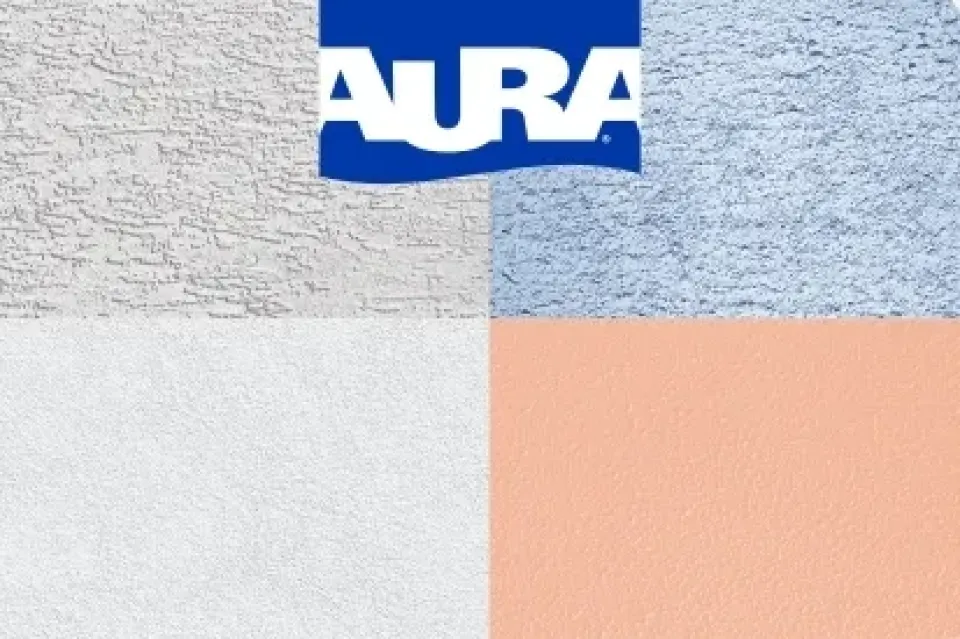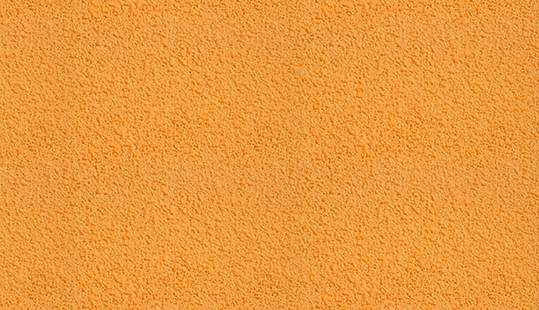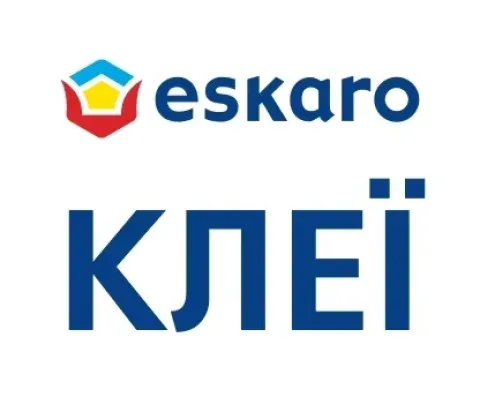
Features of finished structural materials
Structural materials are materials that are capable of creating a structural (relief) surface.
The structure of the surface depends on the composition of the material, as well as on the tool with which it is applied.
Structural materials can be divided into two types: decorative plasters and structural paints.
The main types of decorative plasters are: "bark beetle" and "lamb". Special spatulas and graters are used to apply plasters.
Structural (relief) paints are applied to the surface using special rollers or spatulas.

The advantages of ready-made structural materials include the following:
- - no need to prepare the material for application (dilute with water, adhere to the exact dosage of water, adhere to the exact dosage of the "dry" mixture, use prepared water, use additional containers for mixing and feeding to the place of application);
- - long storage time of ready-made materials and their constant readiness for use, even in the event of long breaks in work;
- - the ability to give the material color even before its application, i.e. financial and time costs for additional finishing painting with smooth paint are excluded;
- - structural surfaces made of ready-made plasters do not require repair in the event of minor mechanical damage, because the damaged surface practically does not differ in color from the undamaged surface. This is because the ready-made structural material on an acrylate basis is pre-tinted and has the same color throughout its volume;
- - the cost of tinting the finished structural material is much lower than the cost of tinting and paint for painting dry cement-based plaster;
- - cement-based plasters can be painted with acrylic paints only a month after application, and the finished plaster is immediately applied in the desired color;
- - structural surfaces in the case of significant mechanical damage can be easily repaired. In this case, it is necessary to apply the same finished structural material of the same color to the damaged areas. If it is necessary to repair a structural surface made of cement plaster, after applying the plaster, it will be necessary to paint the entire wall;.
- - structural material, when compared to smooth paints, creates a much thicker protective film on the surface that withstands mechanical and atmospheric influences for a long time;
- - structural material at the same time: paints (gives color to the surface), creates a three-dimensional pattern, creates a thick durable protective layer.
One of the common disadvantages of ready-made structural materials is their price. However, if we compare the cost estimates for finishing the facade with “dry” cement-based structural materials and ready-made acrylate ones, this disadvantage “disappears”.
Decorative plasters “bark beetle” and “lamb” can create a layer on the surface with a thickness of one to six millimeters.


The thickness of the layer depends on the size of the coarsest filler ("grain") in these materials. The thicker the layer, the better the mechanical protection of the surface and the more expressive the pattern. However, applying thick-layer plasters leads to a large consumption of material, so today the most popular plasters are "bark beetle" with a "grain" size of 2 mm and "lamb" with a "grain" size of 1.5 mm. The consumption of these materials is 25 kg per surface area of up to 10 m2.

The convenience of structural paints is the ability to apply them to the surface with a roller or, if necessary, with a spatula.

Depending on the size of the filler in the paint and the tools, the thickness of the layer and its pattern may vary. Usually, to reduce the cost of processing a square meter of surface, structural paints are applied in one layer. The minimum consumption of such paints is up to 3 m2/l.
Before applying structural materials, it is recommended to treat the surface with one layer of a special adhesive primer. Such primers contain a mineral filler (quartz or marble), which forms a rough structure on the surface. It helps to improve the adhesion of the finishing structural material and the correct formation of the pattern of decorative plasters. In addition to fillers, such primers contain a white pigment, which increases the coverage of the finishing material. Before applying the primer, it is recommended to tint it in a color close to the color of the finishing material. The consumption of the adhesive primer is up to 5 m2/l. The primer is applied with a roller or a brush-maklovitsa.
Adhesive primers of this type are recommended for use as a temporary protective layer of mineral facades for their preservation for the winter period.
Among modern structural materials and adhesive primers, a large number of products modified with silicone have appeared in recent years. Such materials, compared to acrylate ones, have better vapor permeability, which allows them to be used in "wet thermal insulation" systems using not only expanded polystyrene, but also mineral wool. The presence of silicone also gives these materials better water repellency and gives them a self-cleaning effect. That is, dust accumulating on the rough surface of such materials is easily washed away by precipitation.
Varkuta A.G.







